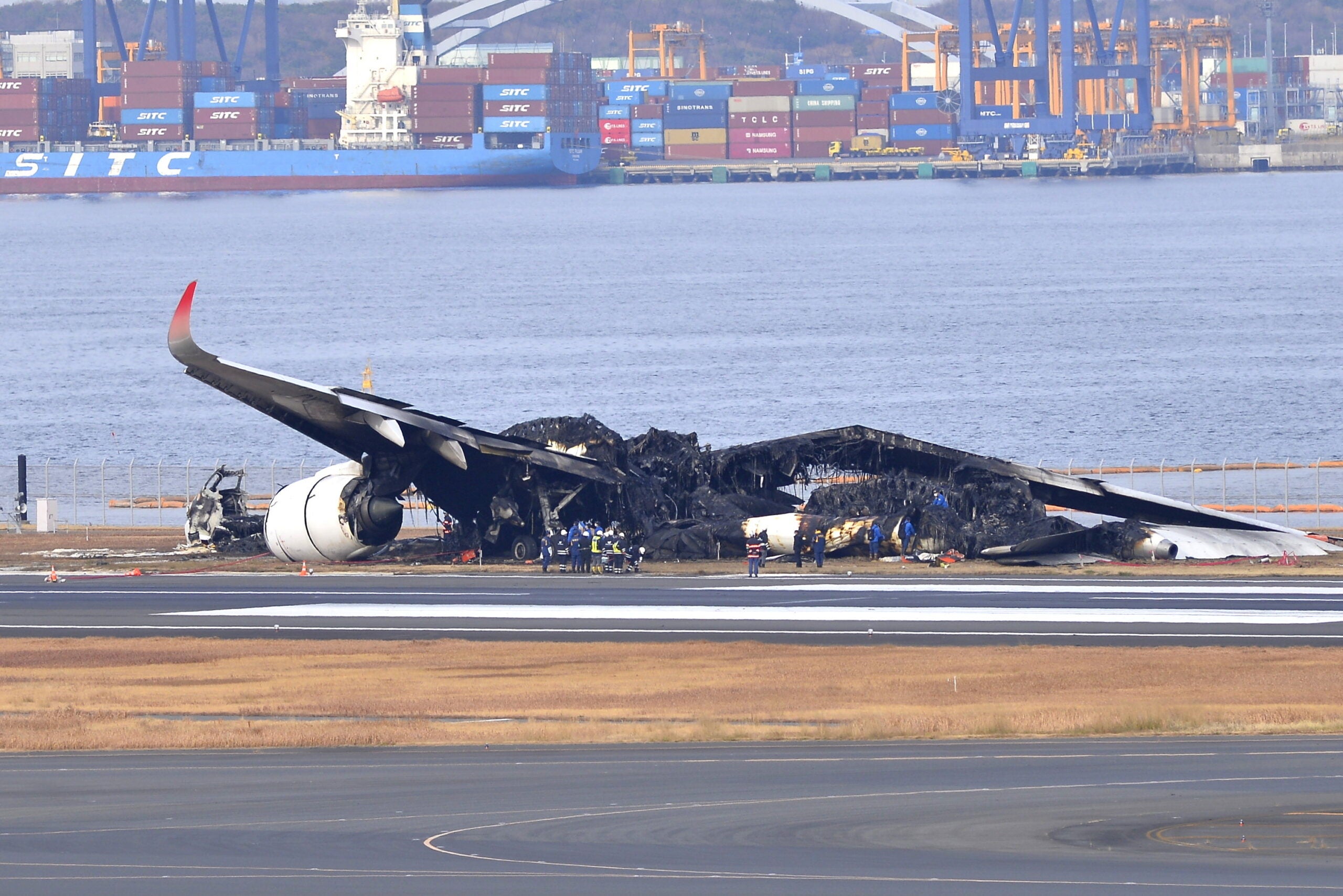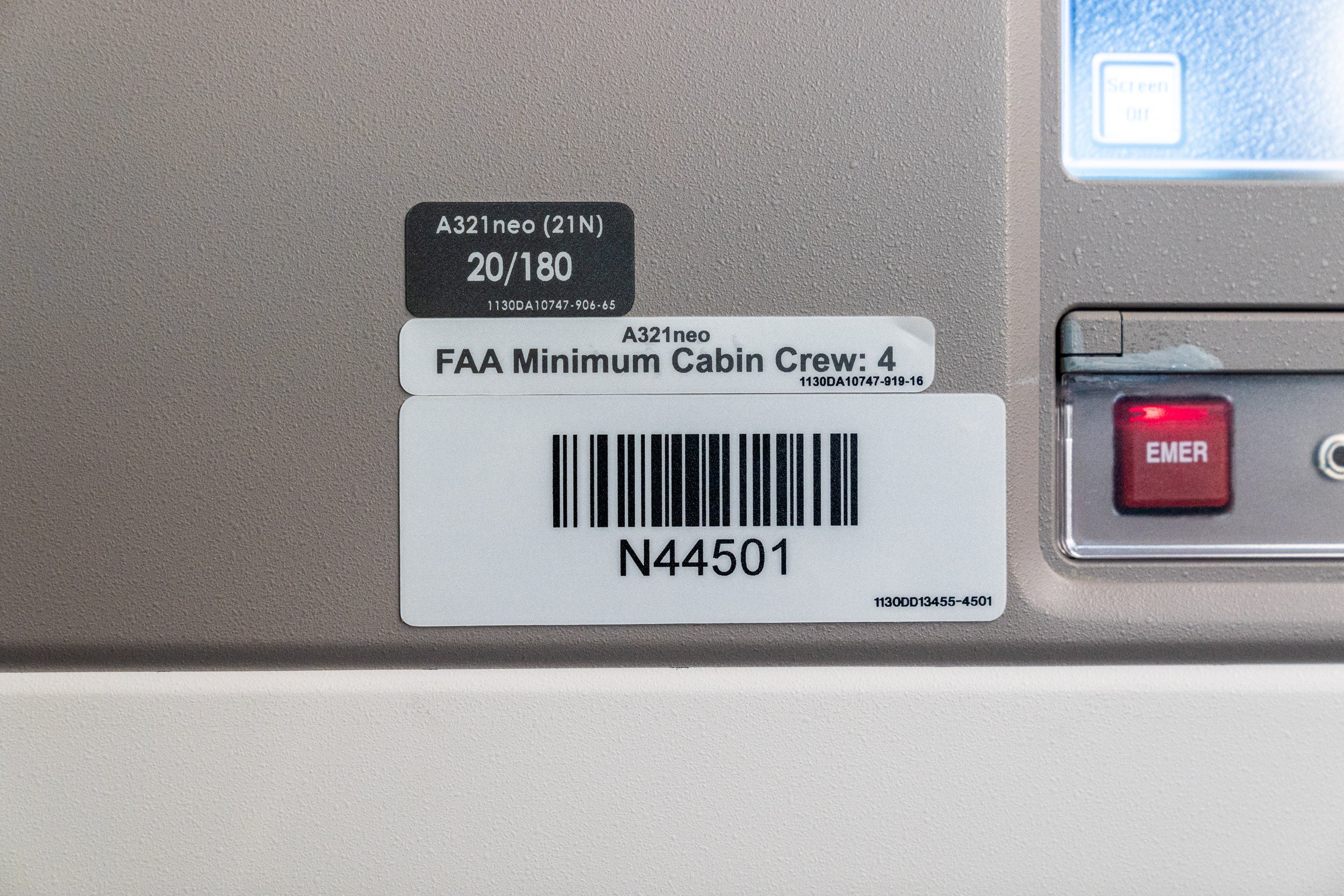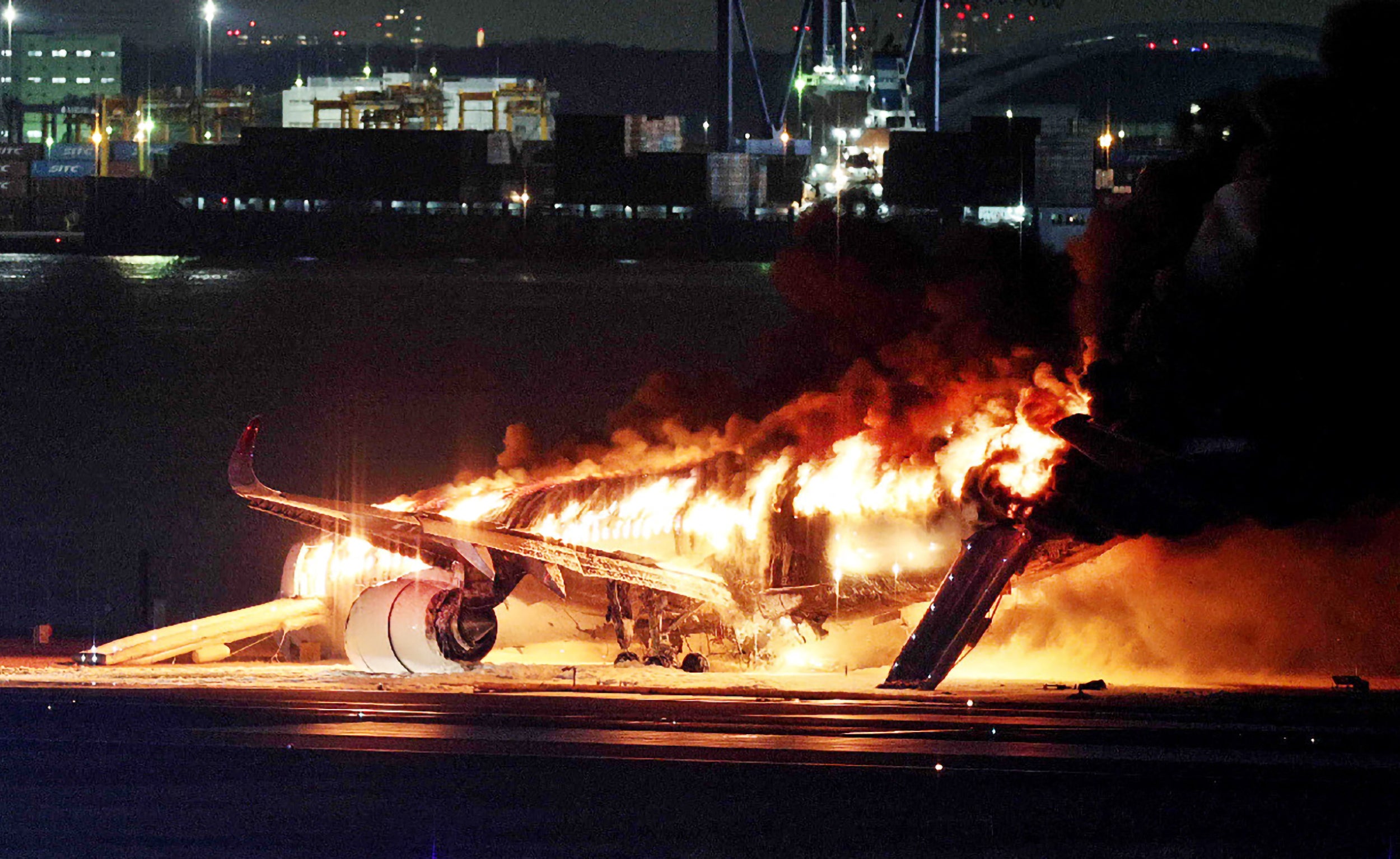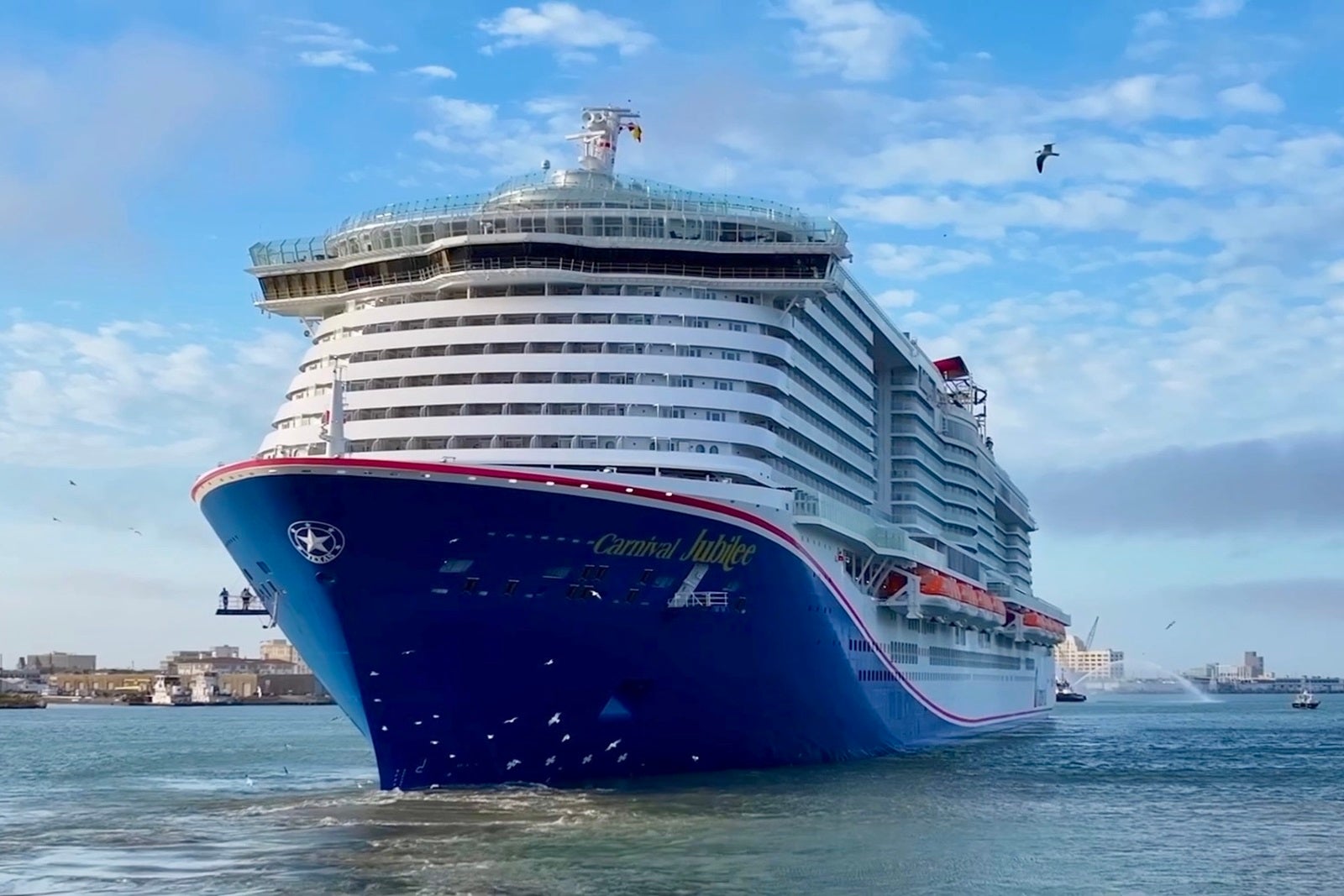Japan Airlines’ successful evacuation highlights flight attendants’ safety roles
As photos and video from the collision between two aircraft at Tokyo’s Haneda Airport (HND) began circulating on Tuesday, it was immediately clear that a rare but catastrophic disaster had occurred.
Almost simultaneously, as news spread that all of the 376 passengers and crew aboard Japan Airlines (JAL) flight 516 had survived — with only a dozen or so minor injuries reported, things like sprains and bumps — it became clear that something akin to a miracle had taken place.
Five Japanese service members aboard the other aircraft involved in the runway crash, a Japanese Coast Guard DHC Dash 8 en route to deliver aid to earthquake victims on Japan’s northwest coast, were killed, while a sixth crew member was reportedly in critical condition.
Nevertheless, the lack of fatalities or serious injuries among those on the larger commercial aircraft, an Airbus A350-900 that went up in flames following the crash, was reflective of decades of advancements in safety design and procedures.
It also highlighted the primary role of flight attendants: ensuring passengers’ safety during emergencies.
“Flight attendants around the world are super proud of the JAL crew,” Sara Nelson, head of the Association of Flight Attendants-CWA union, told TPG on Wednesday. “Flight attendants are walking a little taller today.”
Although a typical part of the inflight safety briefing reminds passengers that flight attendants are primarily on board for safety, cabin crew members often find themselves working against the perception that their main job is to provide inflight service, Nelson said, which is actually the secondary role.
“Traditionally, the role has been defined as something else,” Nelson said. “But this is literally why flight attendants are on the plane.”
“If you want to talk about the value of a flight attendant, just look at this incident,” she added.
The Federal Aviation Administration adopts stringent flight attendant staffing requirements to make sure that there are enough cabin crew members to assist passengers during an emergency, which are mirrored by most certifying aviation regulators. At least one flight attendant is required on flights with between 19 and 50 passenger seats, with an additional flight attendant required for every 50 seats.
“Flight attendant minimum staffing is based on evacuation standards only,” Nelson said. “That’s the only regulated reason that we’re on board, though we, of course, have other duties.”
As the JAL flight careened to a stop on the runway, fire was spreading across the outside of the plane, and smoke was starting to fill the cabin, according to various reports from passengers, along with videos and photos taken inside the plane during the initial moments of the crash and posted online.
Airframes and cabins are designed so that a plane can be fully evacuated within 90 seconds under controlled test conditions, even with some doors blocked.
The evacuation of Flight 516 took longer, video shows, highlighting past criticism that the tests do not reflect real-world conditions. For instance, legislation first introduced in late 2022 in the U.S. by Sens. Tammy Duckworth (D-IL) and Tammy Baldwin (D-IL) would require the FAA to test evacuation times using a more realistic setting (Nelson described the legislation as “still desperately needed.”)
Five of the eight emergency exit doors were inaccessible due to damage and fire, according to the Wall Street Journal. The aircraft was pitched downward after the nosegear collapsed, making it harder for passengers to move and for flight attendants to get the doors open. Due to the poor visibility from smoke, fire and the fact that it was dark out, flight attendants could not open the doors until communicating with pilots to confirm which doors were safe and that the plane had stopped, the airline told WSJ.
Throughout the process of opening the doors and through the evacuation, flight attendants were clear and communicative, some passengers said, helping ensure the cabin stayed calm and orderly.
“The cabin crew were very professional, but one could see even in their eyes that they were scared,” Anton Deibe, a passenger from Sweden, told the New York Times.
“Even though I heard screams, mostly people were calm and didn’t stand up from their seats but kept sitting and waiting,” passenger Aruto Iwama told The Guardian in an interview. “That’s why I think we were able to escape smoothly.”
Meanwhile, various safety designs kept the fire contained to the outside of the aircraft for a few minutes, buying the time needed for everyone on board to escape.
As the cabin public address system failed, flight attendants used megaphones to communicate and move the evacuation along, making sure that passengers didn’t use up valuable time to take carry-on bags — something that has plagued airlines during past emergencies.
Minutes after the evacuation, the fire spread throughout the entire airplane, leaving nothing but a charred husk remaining. It was the first Airbus A350 to be lost in an accident since the plane type entered service in 2015.
The cause of the crash is under investigation. Early evidence suggests that the Coast Guard airplane had not been cleared to enter the runway and that the JAL flight had been given permission to land.









